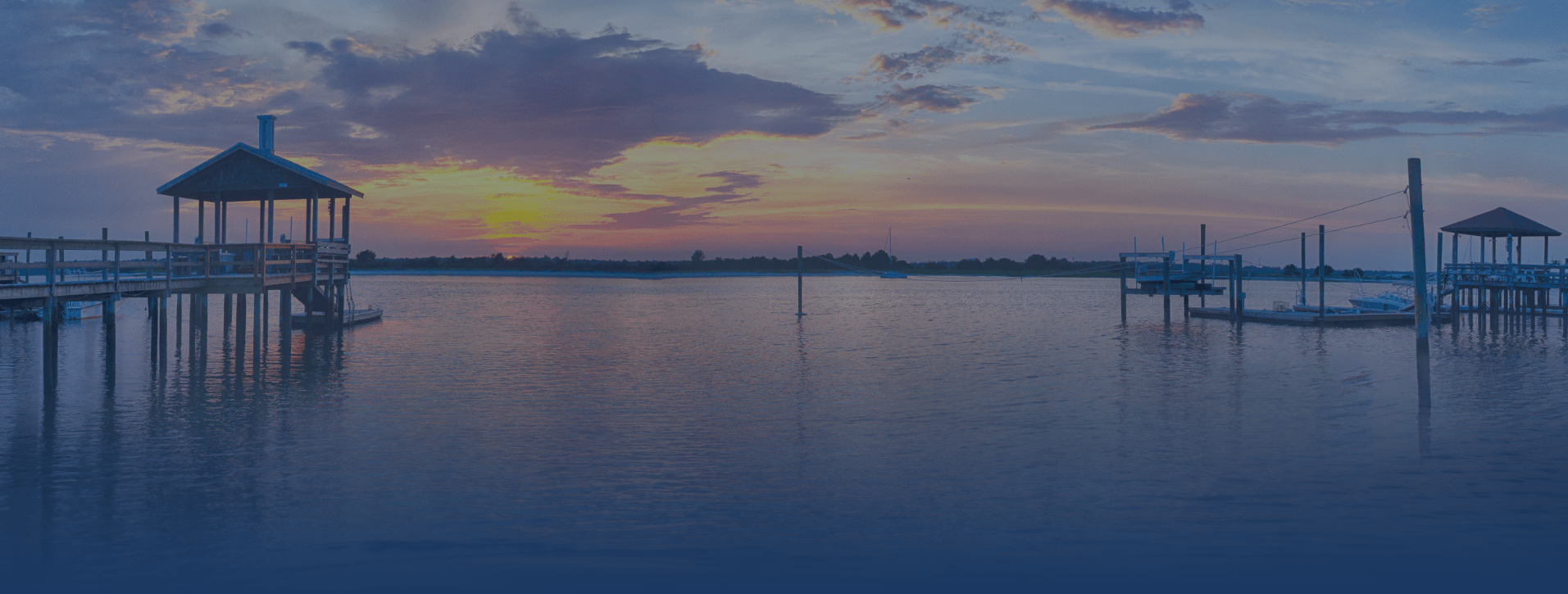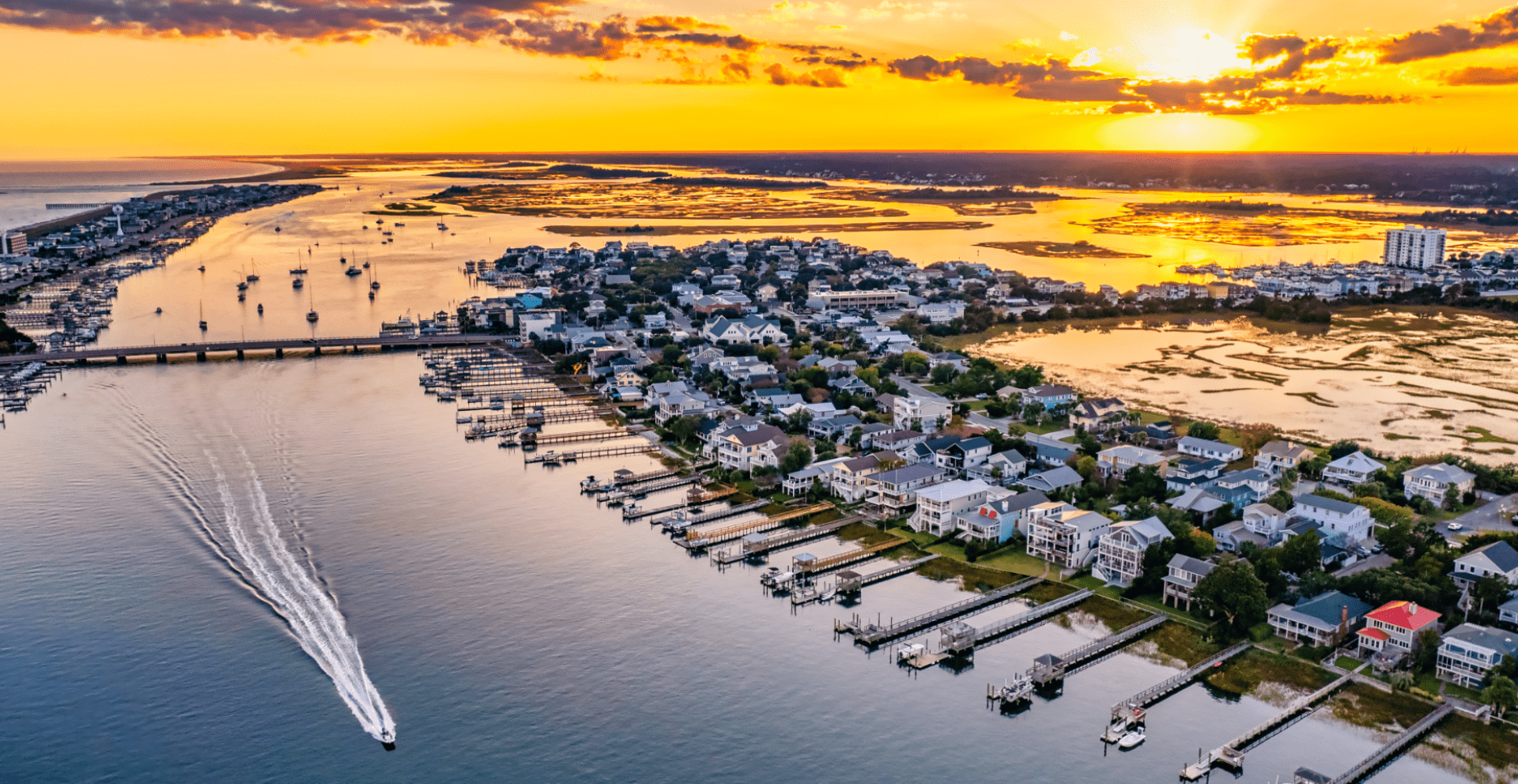Just north of Wilmington, NC, lies a hidden gem of the Atlantic coast: the pristine expanse of Lea-Hutaff Island and the dynamic waters of Rich’s Inlet. These natural treasures offer a glimpse into the unspoiled beauty of barrier islands, providing sanctuary for wildlife and a peaceful retreat for visitors.
Lea Island (as it’s affectionately referred to) is a 5,641-acre uninhabited barrier island and marsh system situated between Figure Eight Island to the south and Topsail Island to the north. Originally two separate islands—Lea and Hutaff—they merged in 1998 following the closure of Old Topsail Inlet. Today, the island remains one of North Carolina’s few undeveloped barrier islands, characterized by its shifting dunes, expansive marshes, and deserted beaches.
Rich’s Inlet: A Dynamic Waterway
Separating Lea Island from Figure Eight Island, Rich’s Inlet is a natural inlet known for its shallow waters and shifting sandbars. These features create vital habitats for various marine species and offer a playground for boaters and anglers. However, navigating the inlet requires caution due to its ever-changing conditions.
Conservation Efforts
Lea Island serves as a critical nesting ground for several bird species, including the federally threatened Piping Plover, Least Tern, Black Skimmer, and American Oystercatcher. The island’s beaches and marshes provide essential habitats for these birds during breeding and migration seasons. Additionally, the island is a nesting site for Loggerhead sea turtles, further emphasizing its ecological importance.
Recognizing the island’s ecological significance, conservation groups have worked diligently to protect Lea Island. In recent years, partnerships between organizations like Audubon North Carolina and the NC Coastal Land Trust have secured the island’s future. Notably, in 2021, Hutaff Island was permanently conserved, ensuring the preservation of this natural habitat for generations to come.
Visiting the Island
Access to Lea Island is exclusively by boat, preserving its untouched nature. Visitors can enjoy kayaking, fishing, and wildlife observation in a serene setting. It’s essential to respect the island’s delicate ecosystems by adhering to guidelines that protect nesting areas and minimize human impact.
Lea-Hutaff Island and Rich’s Inlet stand as testaments to the enduring beauty of North Carolina’s coastal landscapes. Their preservation reflects a commitment to safeguarding natural habitats and offers a unique opportunity to experience the tranquility of an unspoiled barrier island right in our backyards.
If you’re interested in finding out more about the real estate opportunities available in the surrounding area, The Beatty Pittman Team would love to share more with you. Let’s chat – 910-509-1924!





